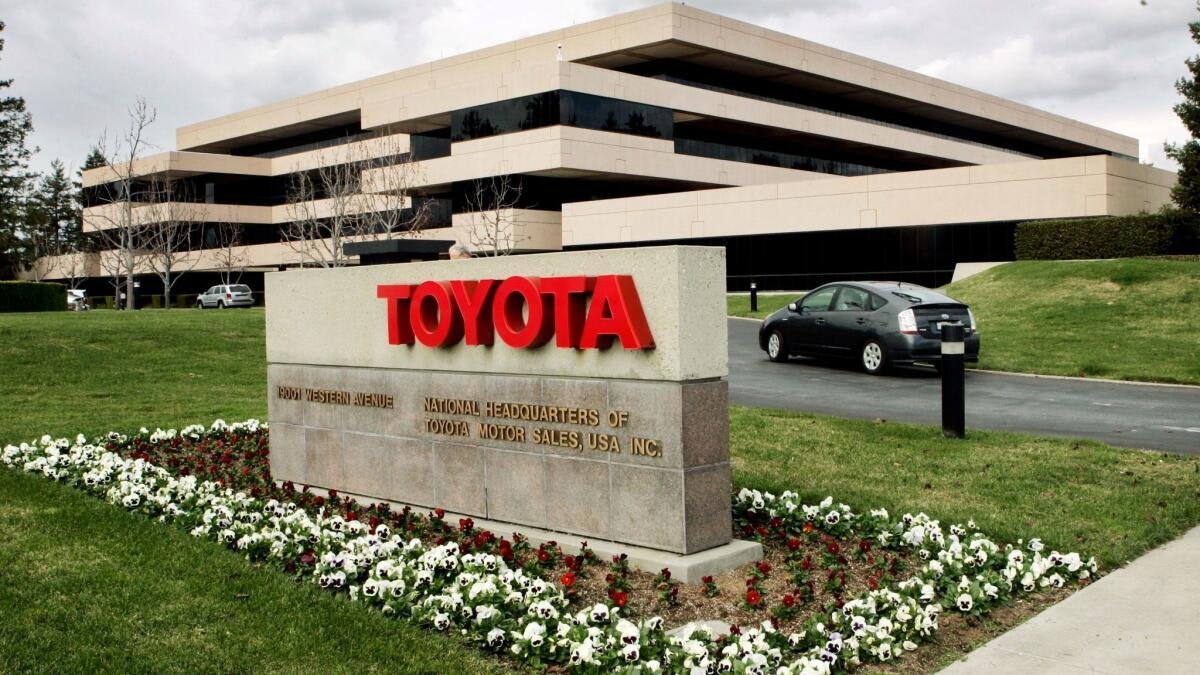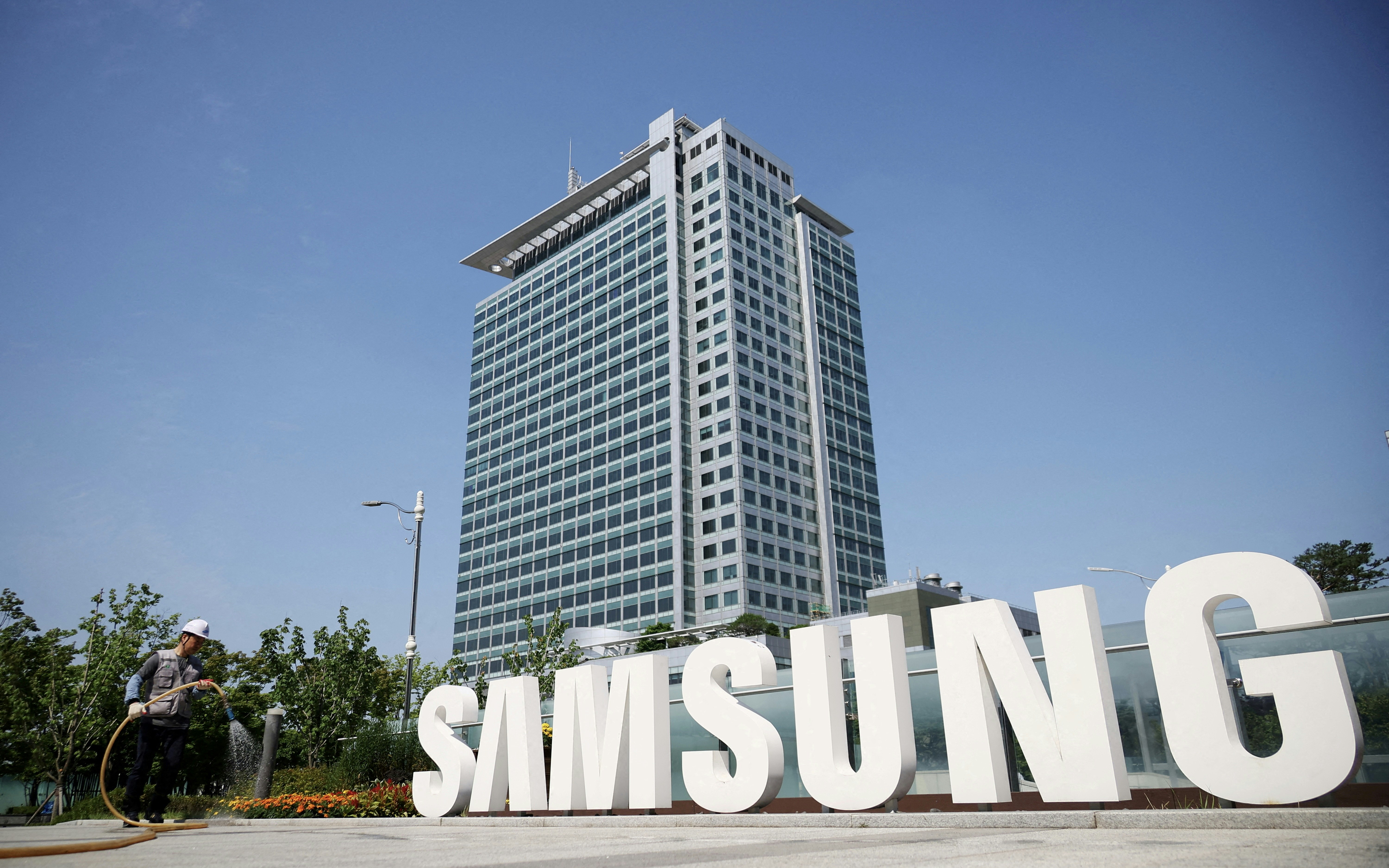The latest technological advances open up new opportunities for businesses and researchers to explore practical applications for quantum computers, such as optimizing gate assignments at airports.
The bizarre ability of subatomic particles to be in two places at the same time enables so-called quantum computers to perform some calculations significantly faster than their conventional counterparts. This ability might soon help solve problems in our daily lives, such as avoiding missed flight connections.
While conventional computers store information as binary digits or bits, which can either be zero or one, quantum computers use qubits. These qubits are able to represent a complex mixture of zero and one due to their subatomic behavior. They can coordinate their actions with other qubits instantaneously, no matter how far apart they are, a phenomenon which Albert Einstein referred to as "spooky action at a distance".
Although the massive, high-quality machines required for such tasks are likely still at least a decade away, quantum computers from companies like IBM and D-Wave Systems have surpassed the world's most powerful conventional computers in certain physically relevant calculations. These advances are prompting companies and researchers to pursue more practical applications – such as calculating the optimal paths for passengers to reach their flight connections.
"We are now living in an era where we truly have the opportunity to investigate where we should employ a quantum computer," says Karl Jansen, physicist at the German Electron Synchrotron (DESY), who is working on the flight-gate problem with the quantum computing company IonQ.
D-Wave has used its quantum computer to help clients determine the schedules for grocery deliveries, plan promotional tour routes, and manage freight at the Port of Los Angeles. These tasks are examples of so-called optimization problems, which are extremely complex due to the multitude of options. Other examples include the most efficient packing of boxes in containers and the balancing of risk and return in financial portfolios.
There are 100,000 ways to assign five airplanes to ten gates at an airport. If this is increased to 50 airplanes and 100 gates, the number of possibilities explodes to 10 raised to the power of 100 - far more than the number of atoms in the visible universe. No conventional computer could track all these possibilities, but a quantum computer could in theory.
Collections of Qubits Behave Like Waves Containing an Enormous Amount of Data. A Quantum Computer with Only 350 Qubits Could Theoretically Track All Possible Solutions to the 50-Plane-to-100-Gates Assignment Problem.
Angelo Bassi, Physicist at the University of Trieste, Compares the Difference Between Conventional and Quantum Computing to the Difference Between a Surfer and a Wave Hitting a Rock. The Surfer Either Goes Left or Right Around the Rock, While the Wave Does Both at the Same Time. Some Basic Characteristics of the Rock Can Be Inferred from the Surfer's Path, but Much More Can Be Learned from the Wave Pattern in the Water.
"Waves carry more information than particles," says Bassi.
Qubits are, however, extremely difficult to handle. Often produced with superconducting circuits or trapped ions, qubits are destroyed by the slightest disturbance and typically need to be cooled to temperatures colder than interstellar space. Even then, qubits are much more prone to errors than bits that rely on ordinary electronic circuits.
Future quantum computers will require an enormous number of qubits – possibly millions – to tackle the error problem while still having enough power for tasks such as simulating the dynamics of atoms and molecules, as a 2022 study by Microsoft found.
Even Today's Relatively Weak Devices Have Crossed a Threshold That Makes Them Powerful Enough to Outperform the World's Most Advanced Supercomputers in Some Calculations. This Critical Point Lies Somewhere Between 50 and 100 Qubits, Says Travis Humble, Director of the Quantum Science Center at Oak Ridge National Laboratory.
A Milestone Was Reached Last June When IBM Published a Study in the Journal "Nature" Showing That Its 127-Qubit Processor Can Outperform Conventional Computers in Certain Calculations Related to Magnetic Materials. In March, Researchers from D-Wave Released a Paper, Not Yet Peer-Reviewed, Demonstrating That Their Latest Machine Can Compute Quantities in Minutes That Would Take the World's Most Powerful Supercomputer Millions of Years in Similar Situations.
"Of all the claims made so far about the superiority of quantum computers over conventional computers, this one is actually the strongest," says Daniel Lidar, Director of the Center for Quantum Information Science & Technology at the University of Southern California.
D-Wave Strongly Focuses on Optimization Applications by Developing a Special Type of Quantum Computer Called Annealer, Specialized in Solving This Problem. It Contains About 5,000 Qubits but is Limited to Quickly Searching for Approximate Answers Instead of Performing Exact Calculations.
A promising sign that D-Wave's annealing technology may offer an advantage over conventional computers in solving practical problems is that Lidar from USC earlier this year demonstrated how it could be used to win a mathematical game resembling optimization, in a paper that is currently under peer review.
Now the race begins to find out what other practical applications the latest generation of quantum computers could have.
Jansen from DESY says he has successfully solved small versions of the Flight Gate Optimization Problem on a trapped ion quantum computer from IonQ and has seen early indications that his technique could surpass conventional computational methods with a sufficiently large number of qubits.
Researchers at the Cleveland Clinic Say an IBM Quantum Computer Outperformed an Advanced Artificial Intelligence Algorithm Using an Approach Similar to Jansen's to Predict the Shape of a Section of a Protein Molecule from the Knowledge of Its Amino Acids – A Task That Could Be Useful for Detecting and Treating Certain Diseases as Quantum Computer Capabilities Continue to Develop. Their Paper Was Published in the ACS Journal of Chemical Theory and Computation.
As optimization is incorporated into the training of machine learning algorithms, some companies believe that quantum computing can make AI applications even smarter.
IonQ has collaborated with Hyundai on quantum-based AI to enable self-driving cars to recognize traffic signs and other objects. Switching to quantum-based AI training in a small machine learning model doubled its accuracy from 30% to 60%, according to IonQ. As the number of qubits increases from the current 36 to 64 next year, the company believes its algorithm will surpass any conceivable non-quantum-based machine learning model.
Trial-and-error approaches could certainly reveal new applications for quantum computers, says Scott Aaronson, director of the Quantum Information Center at the University of Texas in Austin. However, known theories suggest that the quantum speed-ups in optimization and AI will be relatively modest and are unlikely to have commercial impacts until quantum computers are much larger and error-corrected, he says.
"It is really, really difficult to see how one could make a profit with the current generation of devices," says Aaronson. "Something has to happen that is beyond what we know about the current algorithms."
But that's exactly what some of today's quantum pioneers are hoping for: a breakthrough emerging from experiments.
It has happened before, says Ricardo Garcia from Moody's Analytics, who has worked on a project with quantum computing company Rigetti to improve the accuracy of an AI-based recession forecasting model. One of the most powerful methods used for optimization problems today, the Simplex algorithm, was developed in the 1940s, long before theorists could explain why it worked so well.
"Just because there are no theoretical guarantees today doesn't mean there are no short-term opportunities," says Garcia.





